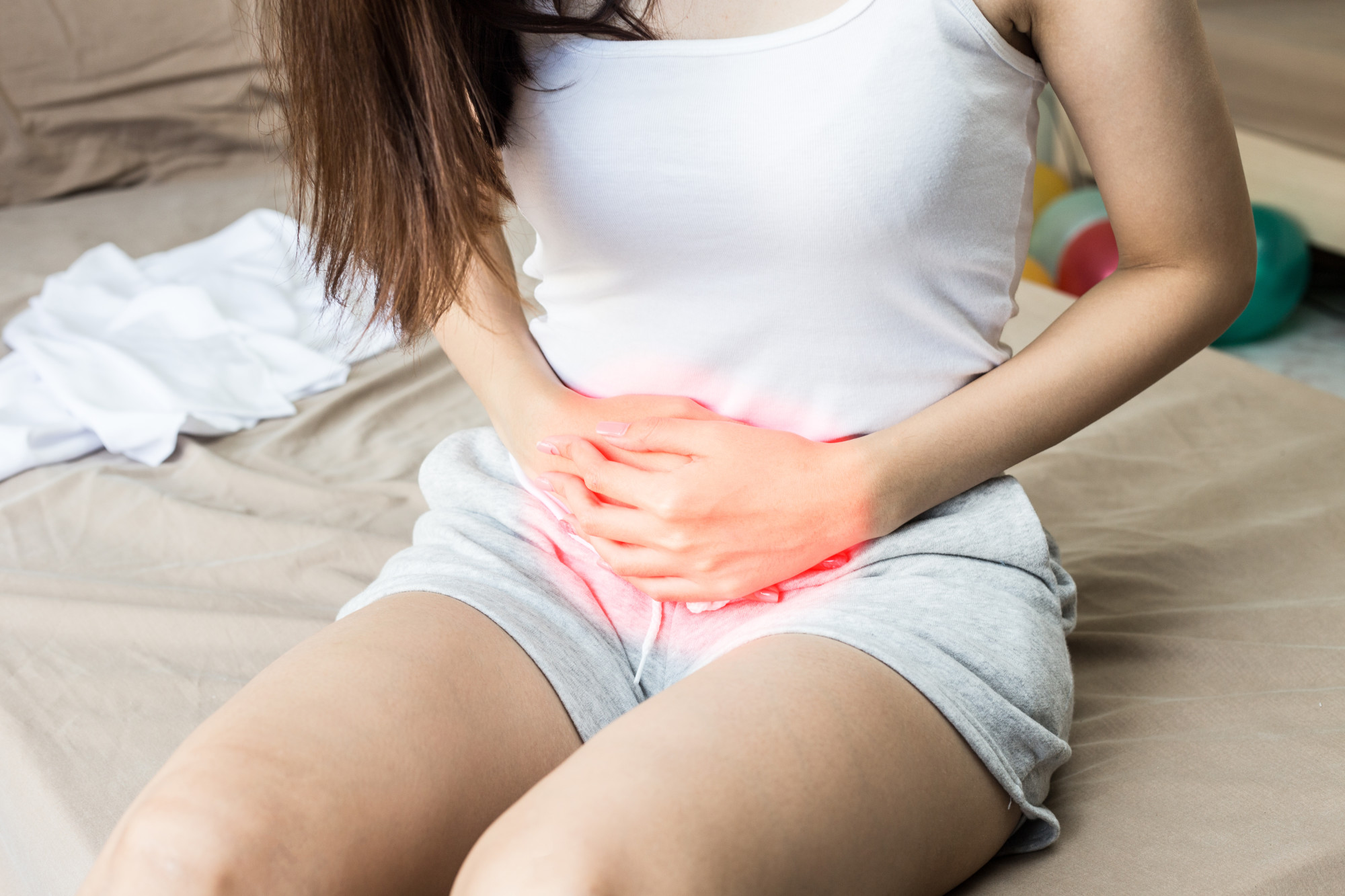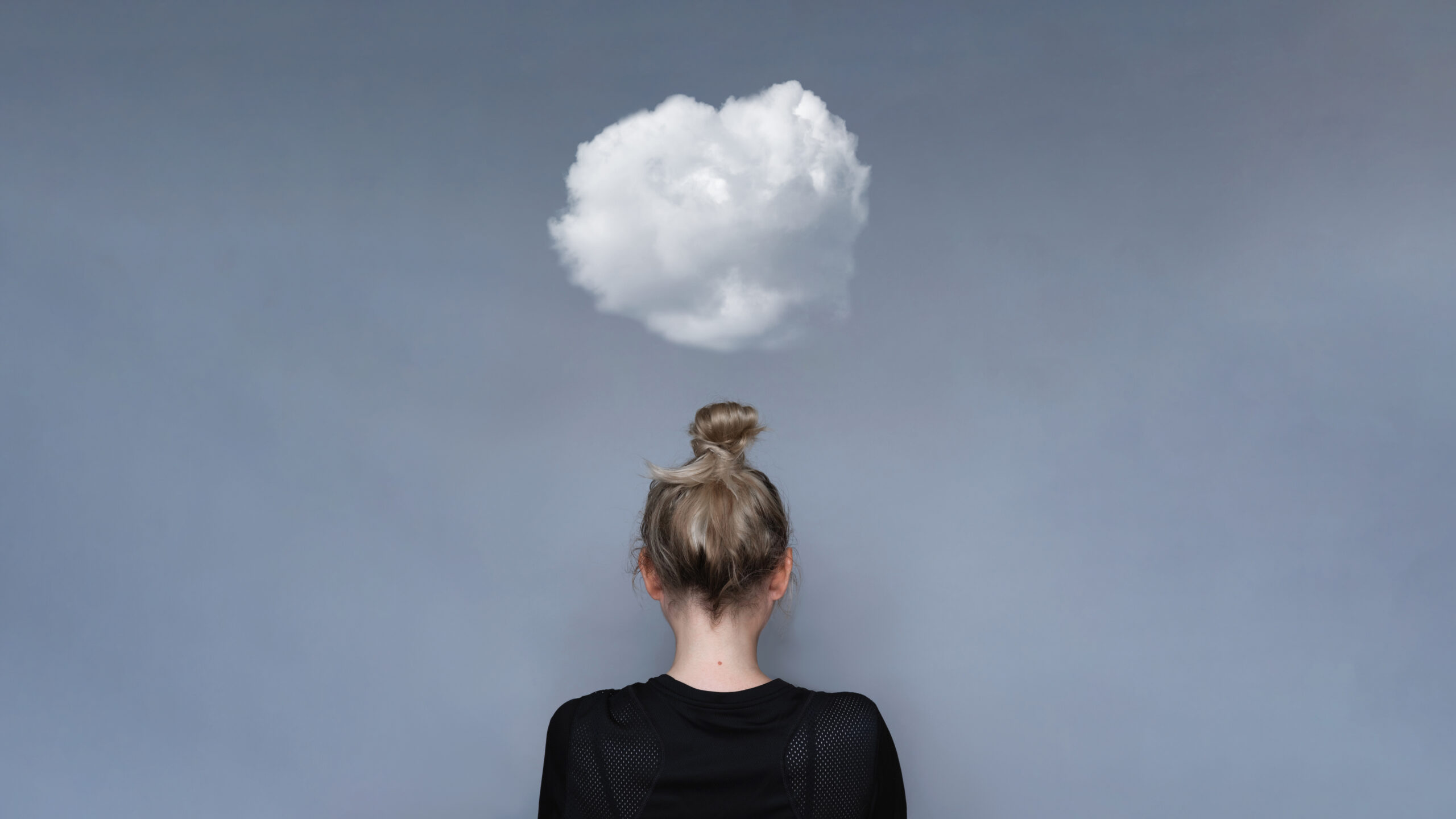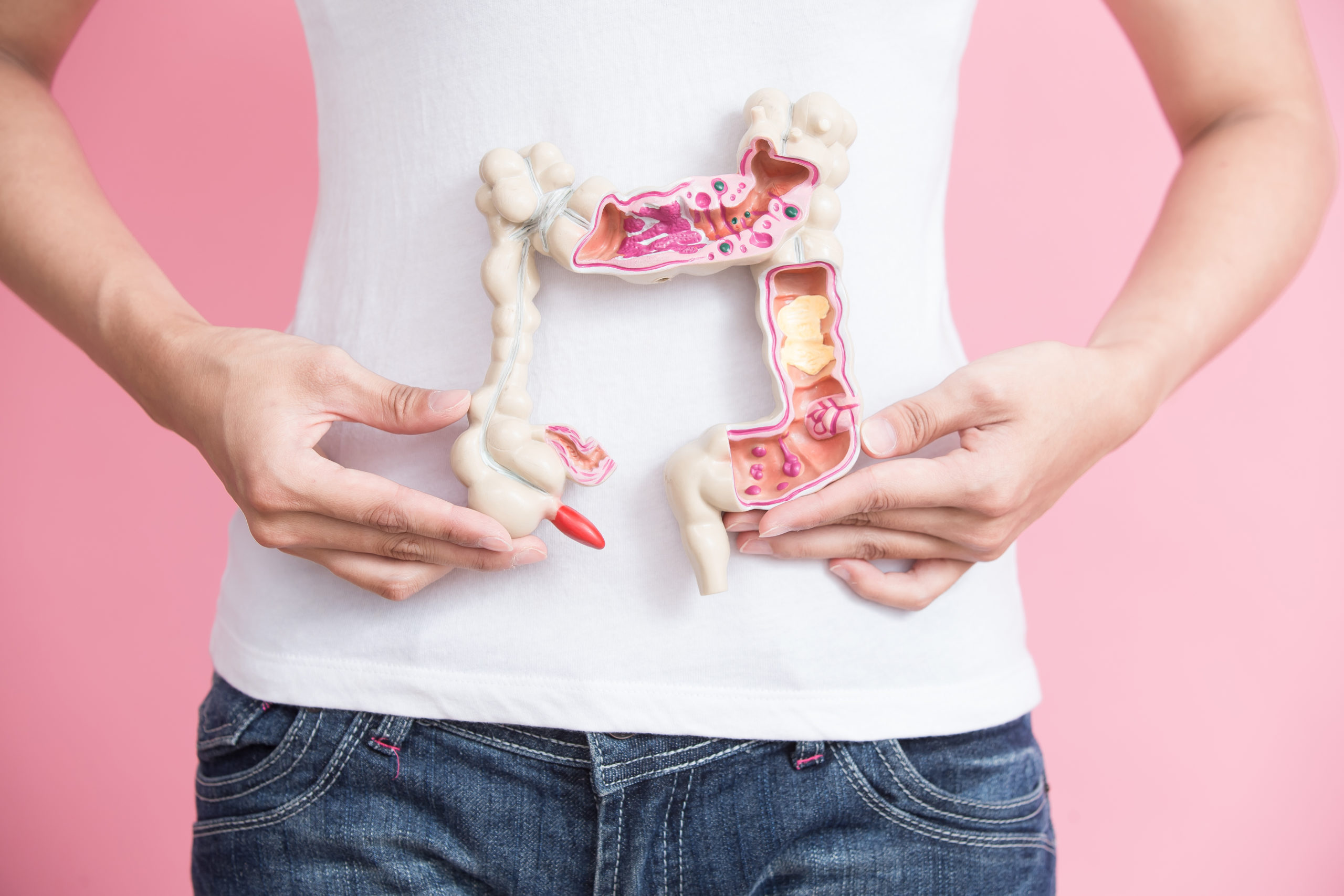
What Is interstitial Cystitis?
Think about how many times you visited the bathroom today. Is your answer more than 7? You might have a bladder problem, and it might even be interstitial cystitis.
So what is interstitial cystitis? It’s a chronic problem that causes frequent urination, often more than 50 to 60 times a day! Untreated interstitial cystitis can have a profound effect on your sleep patterns, well-being, and sexual health.
Read on to learn about the symptoms, diagnosis, and treatments for interstitial cystitis.
What Is Interstitial Cystitis?
If you’re constantly running to the bathroom in the middle of the night, you know how frustrating bladder issues can be. Interstitial cystitis is a chronic pain problem that affects the bladder and pelvis. The pain levels can range from mildly annoying to severely painful.
We rarely think about how our bladder actually works. Simply put, as you consume liquid throughout the day, your bladder fills up. When it reaches capacity, it uses the pelvic nerves to signal that it’s time for a bathroom trip.
But people who suffer from interstitial cystitis can’t enjoy this smooth process. For them, the signals get mixed up, causing more bathroom trips, smaller amounts of urine, and pain. And women are five times more likely than men to experience it.
Interstitial Cystitis Symptoms
Interstitial cystitis is often difficult to diagnose because the symptoms tend to fluctuate. Some days are completely symptom-free, while others end in excruciating pain. Furthermore, there’s a wide range of symptoms from person to person.
If you’re experiencing bladder problems, the best response is to see a doctor. Especially if you can check off these common symptoms:
- Frequent urge to urinate
- Constant bladder pressure
- Bladder pain when full
- Pelvic, lower back, and lower stomach pain
- Feeling like you need to urinate right after urinating
Women can also suffer from pain in the vulva and vaginal region. Men are not immune to bladder problems and might experience pain in the testicles, penis, or scrotum. Both men and women who suffer from interstitial cystitis can feel pain during sex.
Causes of Interstitial Cystitis
Researchers believe that the causes are both genetic and environmental. Some popular theories about the causes of interstitial cystitis center around these reasons:
- Inflammation
- Infections
- Autoimmune disorders
- Nerve damage
- Increased bladder permeability
- Hormones
- Spinal cord trauma
- Bladder trauma
- Pelvic floor dysfunction
There are several determining risk factors to be aware of, including:
- Biological sex (women are at higher risk)
- Age (individuals over 30)
- Presence of chronic illness
There are theories that certain foods, intense exercise, or high-stress levels can worsen symptoms or cause flare-ups. One study also found that menstruation plays a part in painful symptoms. Participants reported that pain was the worst before and during their periods.
Testing for Interstitial Cystitis
There’s no single test for diagnosing interstitial cystitis. A general doctor might use a process of elimination to diagnose the problem. They’ll start by ruling out other bladder issues or infections first using some standard tests:
- Urine tests
- Pelvic exam
- Ultrasound
- Cystoscopy
- Biopsy
- Bladder stretching
Physicians will also rely on your self-reporting skills, so try to keep a log of the following information:
- Severity of pain
- How often flare-ups happen
- Symptoms that are present
- Medical history
- Changes in diet, lifestyle, and stress levels
Seeing a specialized doctor can result in a faster diagnosis and more thorough treatment. Urogynecologists are experts in gynecology and urology and specialize in pelvic floor disorders. Booking an appointment with a urogynecologist is highly recommended!
Interstitial Cystitis Treatment
Since there’s no cure for interstitial cystitis, treatment focuses on symptom relief and flare-up control. Over-the-counter painkillers and lifestyle changes are the first steps in treatment. Intensive care is not usually needed because over 50% of cases resolve themselves!
Medication
Pain management is the first step to reducing the severity of symptoms. The first line of medical treatment is often over-the-counter medications like:
- Aspirin
- Naproxen
- Ibuprofen
- Acetaminophen
Some prescription medications meant for other issues can be used to relieve symptoms. These include antihistamines like Vistaril and Atarax. Low-dose anti-depressants are also sometimes used to disrupt neurochemicals and induce relaxation.
Elmiron is an FDA-approved drug specifically for interstitial cystitis. It’s effective in improving bladder lining, resulting in fewer leaks and inflammation. This medication is prescribed if symptoms are too severe for painkillers.
Diet and Lifestyle
There’s no concrete proof that diet directly affects interstitial cystitis flare-ups. But many people do believe that some food and drinks make their symptoms worse. Some common foods to avoid are:
- Coffee
- Alcohol
- Acidic fruit and drinks
- Spicy food
- Fermented food
- Processed meat
- Artificial sweeteners
These food triggers differ for everyone, so it’s a good idea to try an elimination diet first. Lifestyle changes are also vital in managing symptoms. Some of these changes can make a big difference:
- Quitting smoking
- Engaging in daily exercise
- Doing stress-relieving activities
- Getting enough sleep
- Staying hydrated
- Avoiding alcohol
Lifestyle changes, a healthy diet, and pain-relieving medication are often enough to reduce symptoms. But if this combination is ineffective, you might opt for more intensive treatments. Bladder instillations, Botox, and immunosuppressants are sometimes an option.
Physical Therapy
Physicians may recommend therapy to strengthen the pelvic floor. These connective tissues and muscles can help you control the frequency of urination. The exercises are easy to do at home and are suitable for people who aren’t athletic.
Bladder control training is another option for therapy. It involves re-training yourself to urinate at specific times rather than giving in to the urge. It can also focus on stretching out the time between bathroom breaks.
Surgery
The number of people who need surgery for interstitial cystitis is very low. Most medical professionals believe surgery should be the last resort in the treatment plan. Surgery options can include:
- Cystectomy
- Augmentation
- Diversion
Cystectomy involves removing the bladder entirely, while bladder augmentation aims to create a larger bladder. Urinary diversion is a process of re-routing the flow of urine.
Say Goodbye to Bladder Problems!
Now that you know what is interstitial cystitis, you can say goodbye to bladder problems! No one wants painful urination, frequent trips to the bathroom, or pelvic pain. But with the right treatment, lifestyle changes, and a supportive doctor, you can reduce the symptoms!
Come visit the Lotze team at one of our locations! We’re experts in pelvic health issues, and we’d love to help you find a solution. Contact us today to set up an appointment in Houston or The Woodlands.



